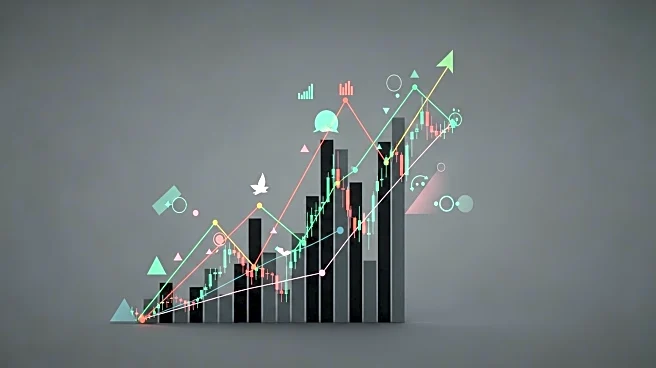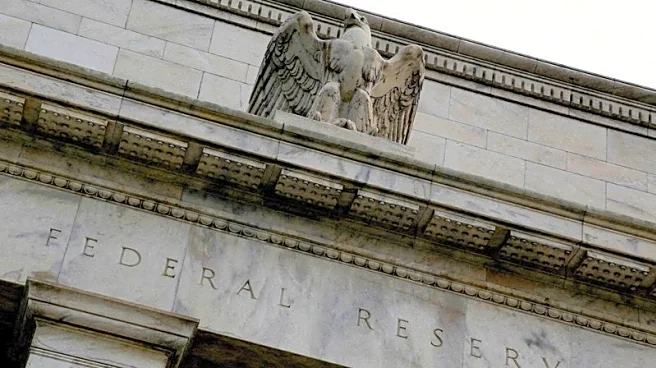What's Happening?
Recent increases in government bond yields have raised concerns about debt sustainability worldwide. Higher yields reflect increased borrowing costs for governments, affecting major economies like the U.S., U.K., France, and Japan. This situation creates a 'slow-moving vicious circle,' where the cost of servicing debts rises, leading to further upward pressure on long-term bond yields. Despite some easing in yields, notable milestones were reached, including the U.S. 30-year yield peeking above 5% for the first time since July.
Why It's Important?
Higher bond yields can have significant implications for various financial markets, including mortgages and stocks. As borrowing costs rise, governments may face challenges in managing fiscal deficits, potentially leading to increased risk premiums demanded by investors. This dynamic can affect economic stability and investor confidence, influencing market volatility and financial planning for businesses and individuals.
What's Next?
Market participants will continue to monitor bond yield movements and their impact on broader financial markets. Analysts suggest that cooler heads will prevail, allowing markets to function as expected. However, ongoing volatility may require strategic adjustments by investors and policymakers to navigate the evolving economic landscape.












